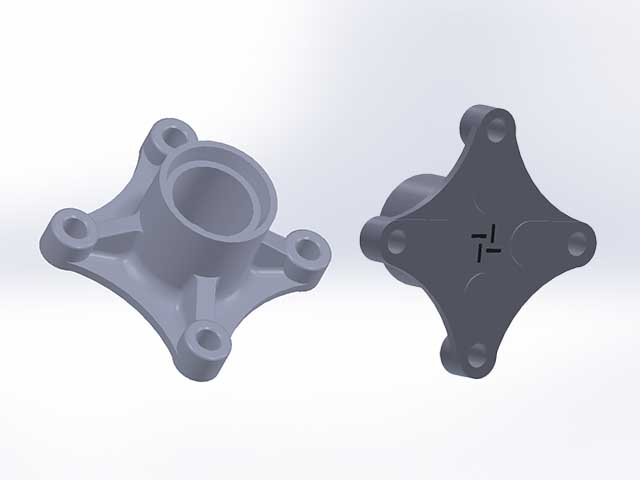Understanding Insulator End Fittings in Composite Insulators

Insulators are important elements in high-voltage power transmission systems as they play a vital function in keeping the electrical current flowing securely. tower hardware , likewise known as non-ceramic or polymer insulators, have actually ended up being a lot more preferred due to their better efficiency and durability. Insulator end installations are important components that attach the insulator to the conductor or other elements in a transmission line. In this blog site post, we will discover the value of insulator end fittings, the different kinds offered, setup methods, materials used in their building and construction, and relevant requirements.

The Role of End Fittings in Compound Insulators:
End fittings are important parts for composite insulator installation and connection. They safeguard the insulator to the structure and prevent it from damaging away from the conductor. End fittings likewise supply a dependable mechanical interface in between the insulator and the structure, guaranteeing that the insulator's load-carrying capacity is not jeopardized. They are also in charge of moving the tensile and compressive loads from the insulator to the tower or post and soaking up any type of bending minutes.
Sorts Of End Installations: A Detailed Overview:
There are several kinds of insulator end installations available, depending upon their application and framework type. The most typical ones consist of hinge, tongue-and-clevis, socket-eye, and yoke fittings.
Ball-and-socket installations include a ball-socket coupling that enables angular motion along a radial plane, making them ideal for locations with high wind lots. Tongue-and-clevis fittings use similar angular motions yet with less resistance to axial lots. They are the most commonly utilized suitable in overhead transmission lines. tower hardware -eye fittings supply a secure straight-line pull and are generally made use of where the insulator axis needs to be in line with the conductor axis, while yoke installations are for usage when the conductor needs to be kept in a fixed setting.
Setup Strategies for Insulator End Fittings:
End installations can be set up utilizing different methods, relying on the functional conditions and the layout demands. Among the most common methods is the kinking technique, where end fittings are affixed to insulators utilizing a specific kinking device. An additional technique is the mechanically lined technique, which entails completely connecting the steel end suitable to the insulator making use of epoxy adhesive. The shot molding technique involves infusing the polymer product into the steel end suitable, enabling a solid bond in between the two products.
Product Choice for Sturdy Insulator End Fittings:
The choice of material for insulator end fittings plays a crucial role in their durability and sturdiness. One of the most commonly made use of products are light weight aluminum, steel, and composite materials. For ball-and-socket installations, aluminum is a preferred selection as a result of its high strength-to-weight ratio and deterioration resistance. For tongue-and-clevis installations, steel is generally made use of since of its high toughness and rigidity. For socket-eye installations, both steel and aluminum are commonly used, while composite products are made use of for yoke installations due to their superb insulation and corrosion-resistant buildings.
Specifications and Regulations Governing Insulator End Fittings:
To ensure the safety and integrity of power transmission systems, numerous criteria have actually been developed to manage the style, testing, and manufacture of insulator end fittings. Some of these criteria consist of IEC, ANSI, and GB criteria, which cover critical aspects such as mechanical strength, electric homes, and environmental performance. Additionally, governing bodies, such as the National Electric Safety Code (NESC) and the Occupational Security and Wellness Administration (OSHA), have actually likewise established standards to control the secure procedure and upkeep of transmission lines.
Insulator end installations are important parts in the power transmission system, and their correct installation, material option, and adherence to standards are vital for system security and dependability. Understanding the different kinds of end installations offered, installation strategies, products, and requirements can aid system drivers and designers make notified decisions when choosing and mounting insulator end installations. They also play a critical function in the system's overall sustainability by making certain that power is provided safely and efficiently.
